Nighthawk Coders Content Creation Internship
- Introduce new students to computer science and its applications
- Introduce collaboration skills that are necessary in college and career
- Shape the future of CompSci education in the Poway Unified School District.
My Qualification:
- As a Computer Science student interested in cybersecurity, computational biology, information systems, and robotics, I am elated in the possibilites that this intership could provide. Since I was young, I wanted to make this world a better place and help humanity move to the next step; I believe that this internship will open the doors to the foundation for me to start my hopes to ameliorate this world.
- As a Senior Patrol Leader of Troop 685, President of the Del Norte Chess Club, Vice President of the Del Norte Coding Club and CTF Club, a team member of Scrum Teams working on various projects (i.e Project Pluto, Jinder, and Nighthawk Resources), National Cyber Scholar with Honors, ACSL Finalist, I believe that I am a qualified candidate for this internship. I am eager to express my expertise in not only teamwork for full-stack projects, but also expertise that shaped me into the person I am today.
Topics in order: Content Creation, Full Stack Projects, Boy Scouts & Del Norte Chess Club, Del Norte Algorithmic Coding Club & Del Norte CTF Club
Creating content and courses for the Poway USD Computer Science Pathway:
- Creating Content:
-
Some aspects for content and course creation include making lessons, slideshows, and youtube tutorials
- Unit 9 Inheritance Lesson:
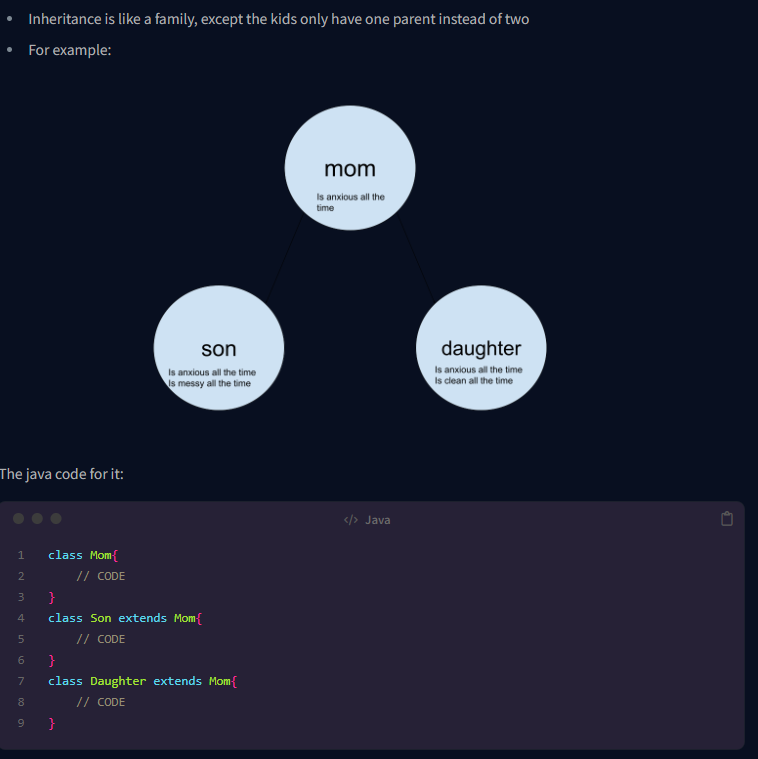
- GHIDRA CONTENT
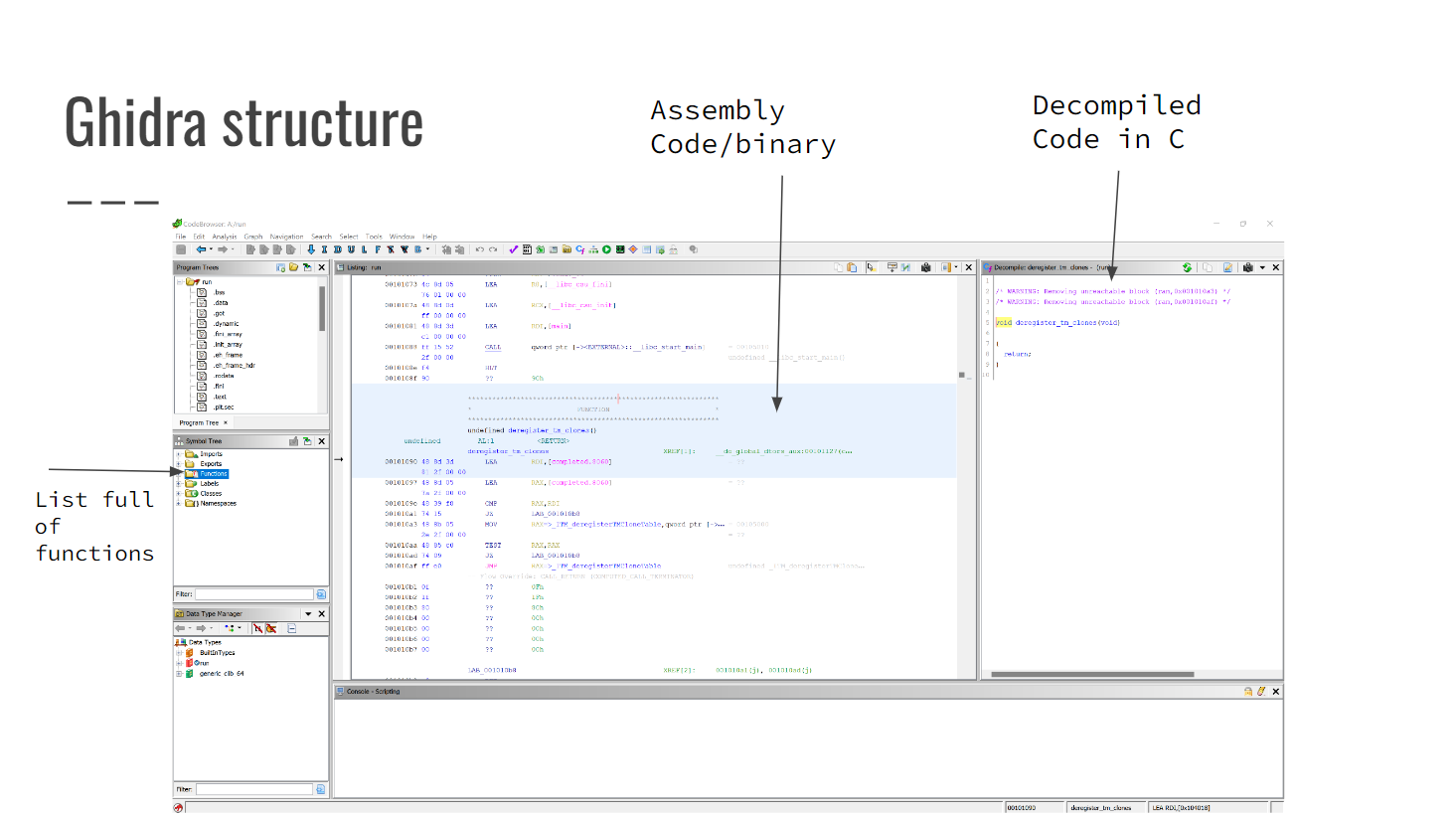
- Python Basics

- Linux Terminal
- Digital Electronics

- Interest Meeting Slides
- Reverse Engineering
- Whitespaces
Full-Stack Coding Projects:
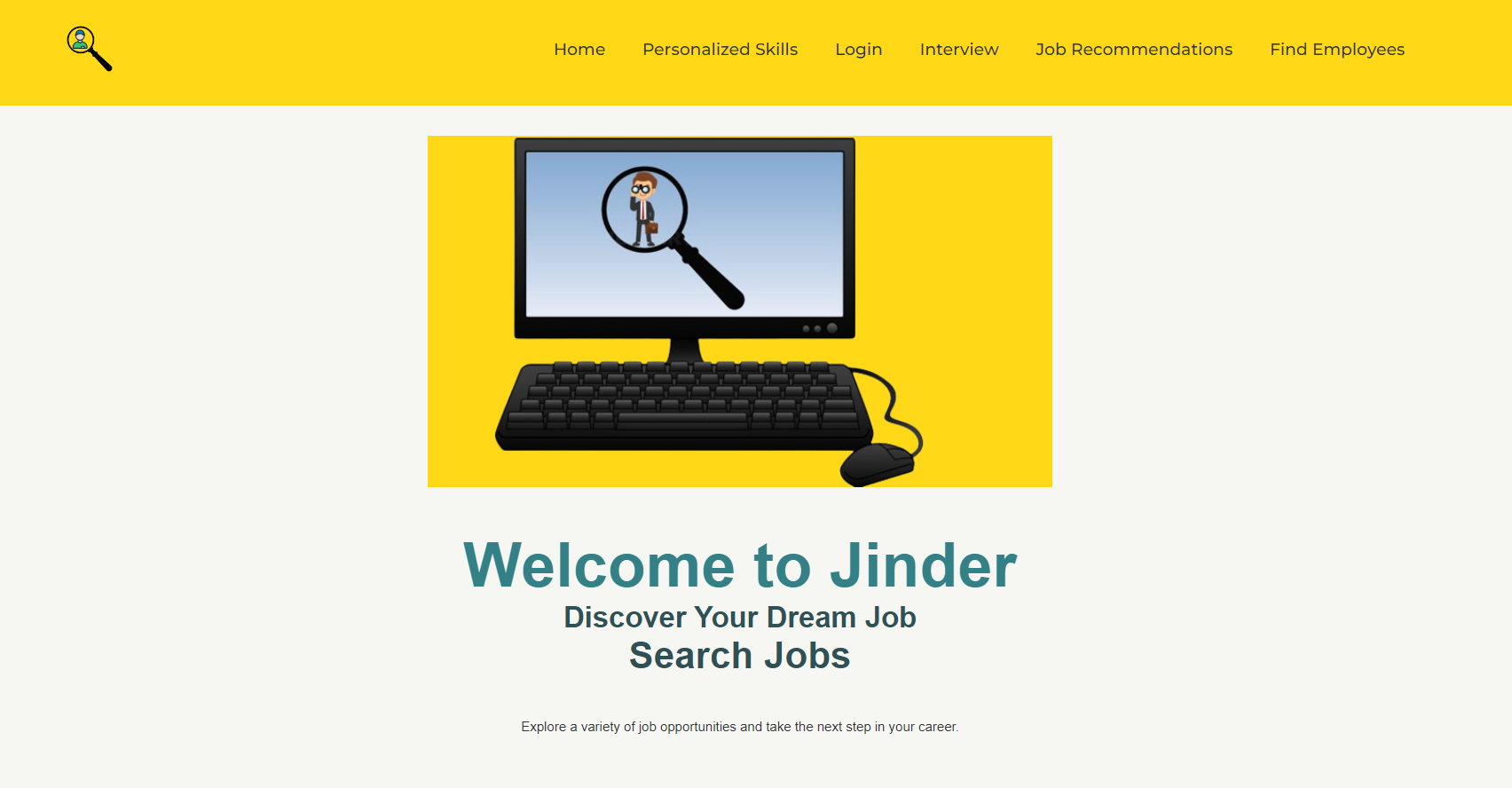
Full-stack projects require more than just knowing coding and data structures; it also requires teamwork, leadership, and effective collaboration. Of course I wasn’t the best student considering I was the only few who skipped to AP CSA and I was sometimes clueless. But that didn’t prevent me from my devotion to developing the skills needed to be a successful developer in projects like the ones I worked on. Lets start from the beginning:
- In the very beginning, I was stressed and I wasn’t too familiar with how to connect the frontend and backend. I did have to look up to my team members who were more experienced in these kinds of operations. At least in Tri 1, I was having a hard time to understand everything. But that was the beginning, meaning that my learning experience wasn’t going to end there.
- As Trimester 2 started, I was strenghtening my knowledge in how frontend and backend operates, even though I was still struggling a few times. In the AVK Mini Project, I managed to connect the frontend and backend together. I managed to create fibonacci art pieces with the assistance of algorithms (like binet’s formula) in the backend and granted users the ability to download these art pieces which they can use in scenarios, like decorating their profile page. This demonstrates my development in my understanding for frontend-backend connections given the struggles I went through. Consequently, if I hadn’t managed to work my way through solving such issues, this wouldn’t allow me to progress into the next pages of my journey.
- Video of AVK Demo
- In the middle of Trimester 2, I started to have a nuanced understanding of how frontend-backend connections work. That time, I was working with my team and we started to develop our project based on job finding - which we called JINDER. We were started off small, but after communicating with my team effectively as the scrum master, I managed get my team to having great features, like worker finding feature (aka a Worker Hiring System; i dont know why its named that), interview page, and a job finding feature. Worker finding feature consisted of using KNN - a machine learning technique, which helps find the most relevant worker based on what the user needs. I feel like I have improved a lot as not only as a learner but also as a leader considering my work as a scrum master to make sure tasks were complete on a frequent basis and my efforts on my feature. My favorite feature: Link
- Worker Finder Demonstration
- In the trimester 3, I was bombarded with the 2-trimester project meaning I was jumped into a completely new project I wasn’t too familiar with. At that time, I was trying to use my feature of KNN into that project and its use was minimal. But luckily, I was able to create the undo and redo method that actually uses stacks and queues in the backend (I finally got it to work). Probably not the best trimester of all, but at least I got to learn how Stacks and Queues can be applied AND how they can be utilized properly IN THE BACKEND. (It’s about the learning)
- Video of Demo
Overall, this has been a great journey and I believe that this overall has got me to learn various techniques that I believe can allow me to apply in the near future. This can lay me the foundation helping me introduce new students to comoputer science and its applications. Favorite Memories from Night at the Museum:
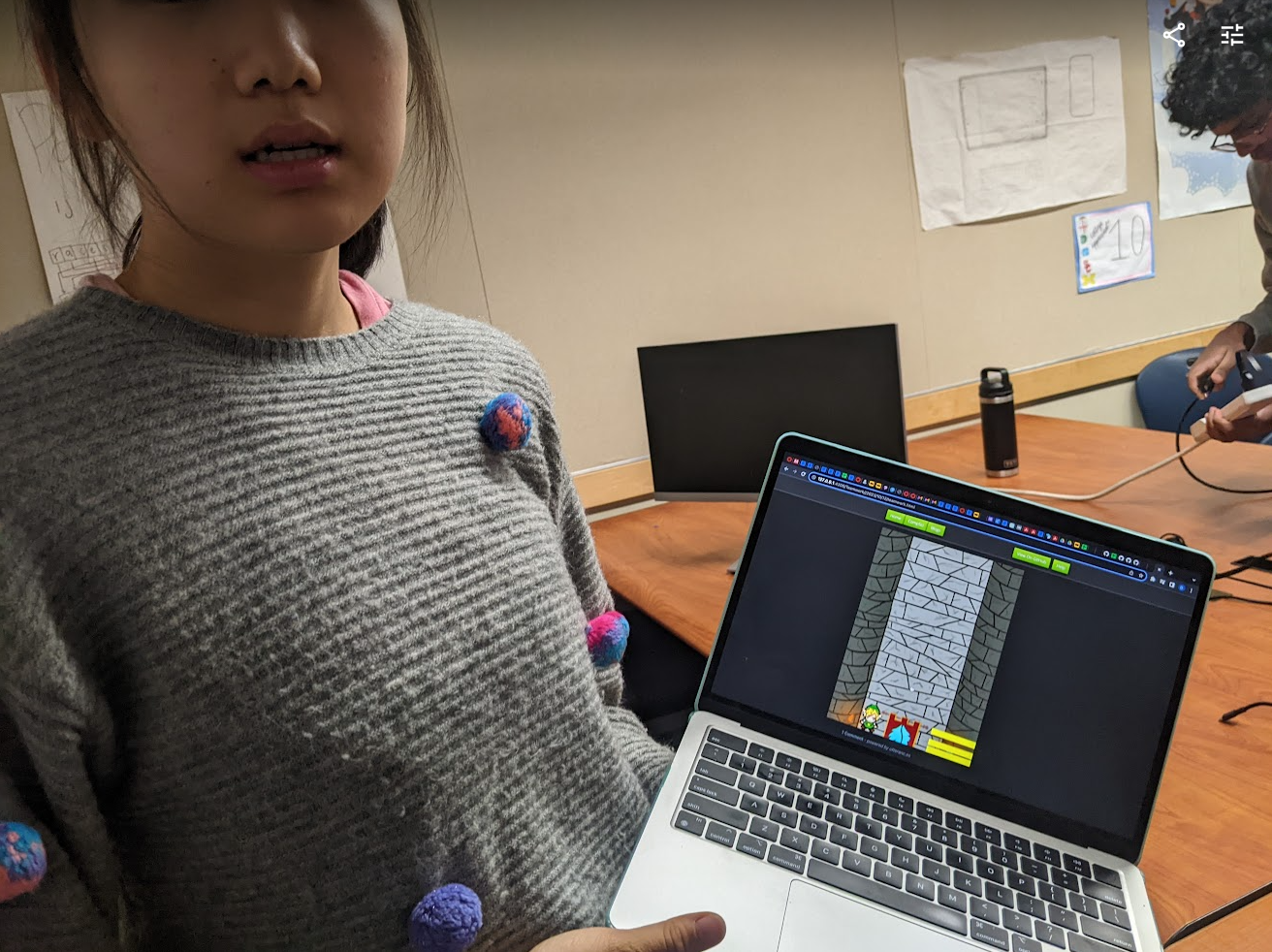


- These were fun presenting. At that time, I was able to demonstrate my features really well to others and they really enjoyed it. They all gave me excellent feedback.
Additional:
How this qualifies for the internship poSiTion:
- Introduce new students to computer science and its applications: Consisted of me utilizing KNN and Stacks and Queues and such into projects, such I can demonstrate how this can be applied to real life
- Introduce collaboration skills that are necessary in college and career: Worked as a scrum master and full-stack developer in projects –> Allows me the opportunity to introduce the collaboration skills needed
- Shape the future of CompSci education in the Poway Unified School District: Expand the knowledge of topics like stacks and queues, KNN, and fibonacci to students, which they can apply to further cases
Algorithmic Programming and Problem Solving and CTFs
In addition to full-stack projects, lets not forget about my algorithmic problem solving skills and what I gained from CTF Club. Lets sparkle some leadership in too.
CTF Club
- First time to CTF, I learned firstly about Steganography, then cryptography, then binary exploitation, then web exploitation, and I taught myself reverse engineering, which is what I mained at.
- I mained helped my team reach firstly at picoCTF 2022, almost top 10% then in PicoCTF 2023, top 1%.
- Freshman-Sophmore year Secretary, helped on guiding members on learning various concepts and such. Held the interest meeting at A101:
- May: I earned National Cyber Scholar, which granted me access to the National Cyber Academy
- Later on, I passed the National Cyber Academy and passed the GFACT Exam –> National Cyber Scholar with Honors
- Skills learned: Computer Hardware systems, Linux, steganography, forensics, Cryptography, Web Exploitation, Binary Exploitation (basic knowledge), Reverse Engineering, Python (for scenarios like cryptography and reverse engineeering), Team collaboration
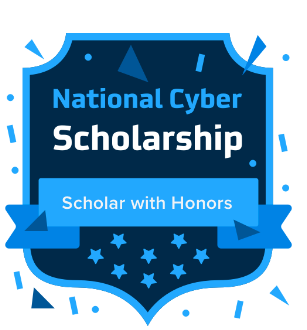
Algorithmic Coding Club
- First joined, I began to compete in various coding competitions like USACO and ACSL.
- USACO not a lot of progress made, ACSL made various progress
- First time for ACSL, like 10 points in Intermediate Division and learned a bit of C++ (noticed it was similar to JAVA).
- Second time for ACSL, I got 21 points in the Senior Division (the highest division), so close to finals
- Third time for ACSL in junior year, I finally qualified and I was placed in the top 47% of all 495 finalists worldwide.
- My team was ranked in 18th place out of 210 teams
- Even made ACSL mock and some slides about digital Electronics
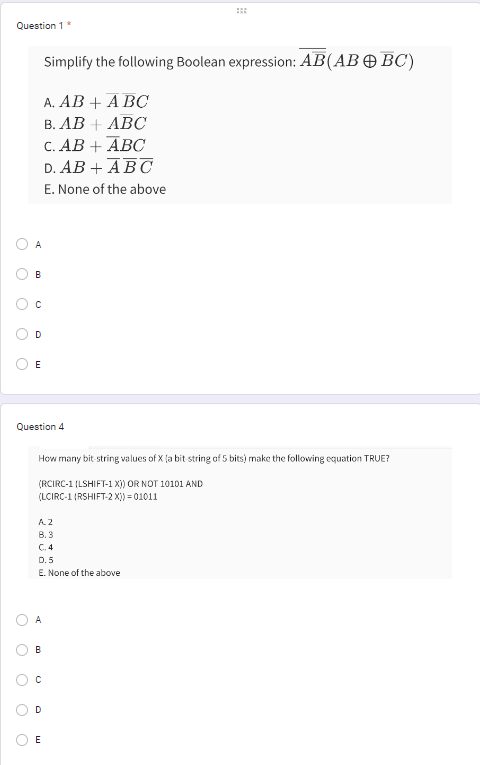
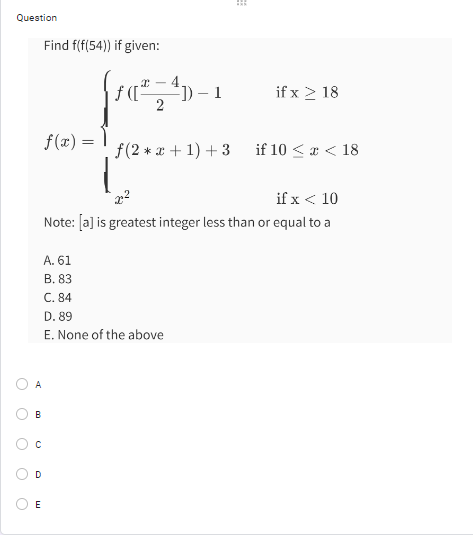
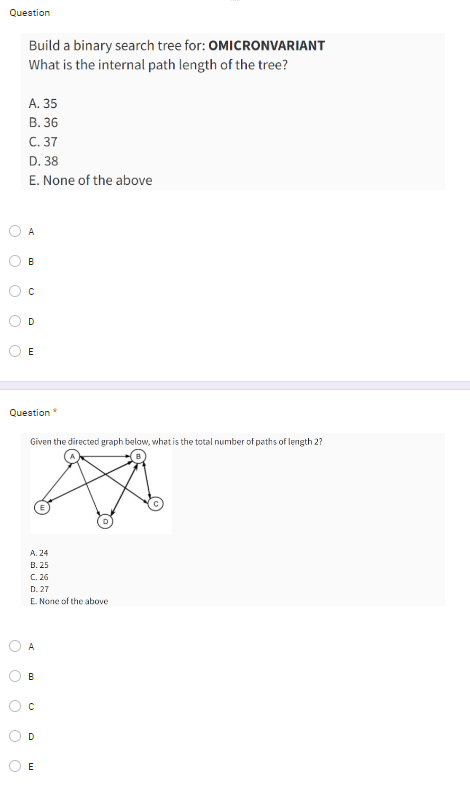
-
Skills learned: algorithms (graphs, binary search trees, complete search, sorting), concepts (bit flickering, computer number systems, assembly language, stacks and queues, heaps, LISP, FSAs), team collaboration via the digital electronics and ACSL Mock (since another leadership member helped with it)
- Helps introduce new students to computer science and its applications considering that there are many applications to more than just plain old stacks and queues for calculators or sorting; for instance, graphs can be used to help find the longest or shortest path to a certain location and computer number systems can be useful for cryptography - which is useful for and such and web exploitation is helpful for understanding how to determine whether websites are vulnerable to various attacks like command injections, Cross site scripting, and cross site forgery.
-
Experience in slides –> understanding in how to demonstrate to students on CS topics with the use of slides.
- Shape the future of CompSci education in the Poway Unified School District: Introduce new computer science concepts (such as the ones I learned) and then eventually allow them to understand applications
Additional Info:
-
Participated in Greater Regional Science Fair; I presented in front of the judges about how our methods for scanning various parts of the brain works using MRI. Got 2nd Award.
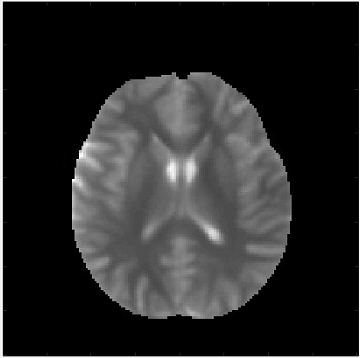

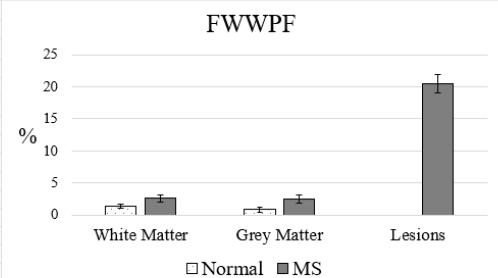
- It was a fun experience, I learned a lot and that was when I started to develop my passion for helping others considering the judges’ perspectives.
- Application to Internship:
- Introduce collaboration skills that are necessary in college and career –> Collaborating/presenting to judges is similar to collaborating/presenting to your boss and such. These students will need some skills related to the skills I used in that experience.
Leadership: Boy Scouts and Chess Club
While knowing how to program and full stack program is cool, being a good leader is also crucial. As scout from Boy Scout Troop 685 and President of the Del Norte Chess Club, I started to grasp a sophisticated understanding of how to be an effective leader:
- First time, not many friends initially but made more friends. I was learning new skills like how to tie a square knot and how to teach how to tie a square knot. This one teaching method (or a formula) is what it is infamously called EDGE (Explain, Demonstrate, Guide, Enable). I was initially gonna quit for a few times, but I never gave up
- 8th Grade: Patrol Leader - I began my first journey by leading this team and emailing the troop about various opportunities. I even helped one of my patrol members earn the first aid merit badge (he didn’t even credit me at that time). I was on the grind for merit badges as well (i.e. Programming, Digital Technology, American Business, Scholarship). March 2021, I was scribe, where I got all of my typing skills and such.
- 9th grade: I started the DNHS Chess Club and became ASPL in Troop 685. In the DNHS Chess Club, it was a struggle and we didn’t have many members, but it didn’t end there. Later on, I became SPL and this was where everything started to get more in handy: as SPL, I made sure everyone was in appropriate uniform, talked with my leadership team about activity ideas (i.e knots relay) to keep scouts engaged, and held more effective PLCs than the SPL before me. I was SPL until September 2023.
- 10th grade: Chess Club was starting to become more of a success and I lead my team to reach #1 in a regional tournament across the San Diego area. On May, we held our first in-person library chess tournament.
- 11th grade (Boy Scouts): that was when I started to work on my eagle project that I intended to finish in 11th grade. I am finally done and waiting to become eagle right now. Throughout this process I had to lead my dad and some scouts to do the appropriate procedures like what areas to cut and what areas should be painted in which colors. Now it is being used in various track meets.

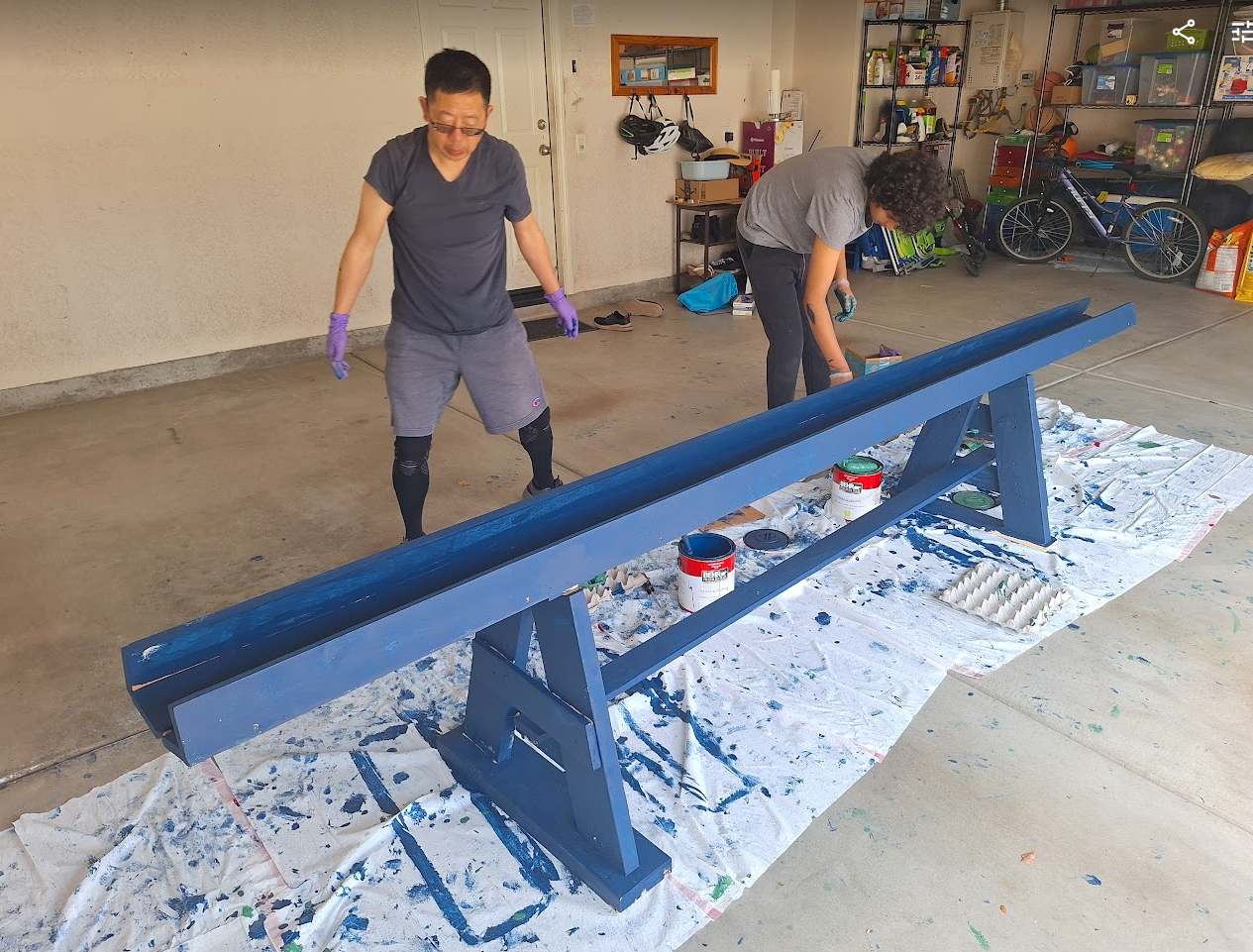
- 11th grade (Chess Club): This was probably by best year so far. My leadership team and I have communicated effectively to host various chess tournaments with 20-50 members participating. We even got a southern california chess tournament held at our school. Plus, more of the new members improved to 1000+ elo thanks to us using EDGE:

All of this demonstrates the necessary leadership skills and teamwork values I’d eventually use during the internship. Boy scouts and chess club president taught me how to be an effective leader and how to be an effective team collaborator. These would be considered valuable collaboration skills that are necessary in college and career.
Conclusion:
Once again: As a Senior Patrol Leader of Troop 685, President of the Del Norte Chess Club, Vice President of the Del Norte Coding Club and CTF Club, a team member of Scrum Teams working on various projects (i.e Project Pluto, Jinder, and Nighthawk Resources), National Cyber Scholar with Honors, ACSL Finalist, I believe that I am a qualified candidate for this internship. While I may have made some mistakes in the past, I wouldn’t be the person I am right now without them. As Mark Zuckerburg once said, “The greatest success comes from the freedom to fail.” While I may have many failed attempts on my features or win many competitions, I always come back with a success. As someone who learned the valueable skills from my experience - especially the mistakes I have made there - I am someone who is valuable to participate in this internship and ensure these students learn from my mentorship, learn from the mistakes I made, and become the future generation of programmers that the world needs soon. If I get in, I promise to make this happen. :D
